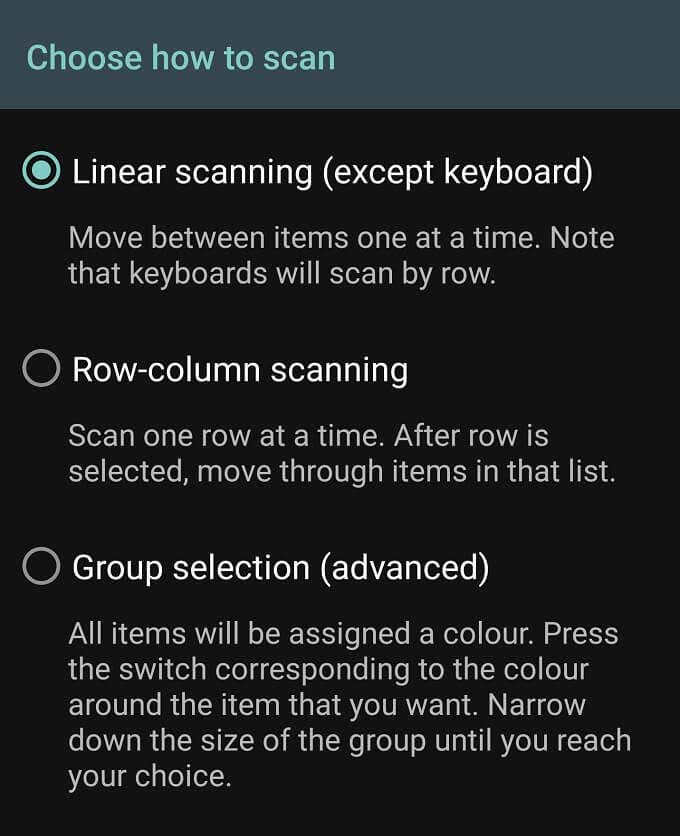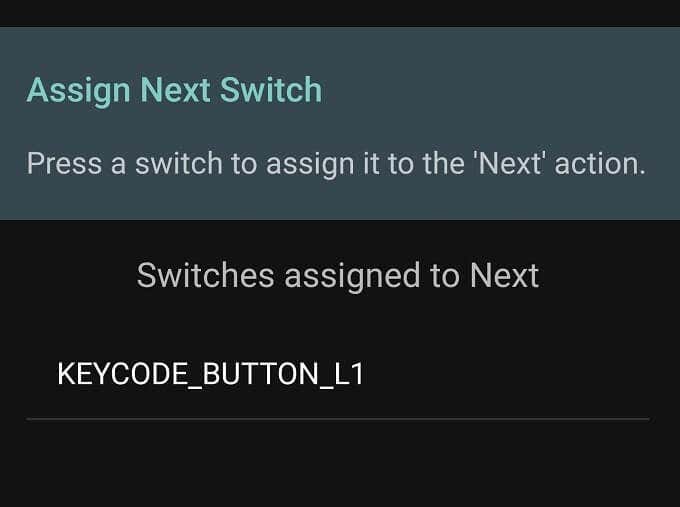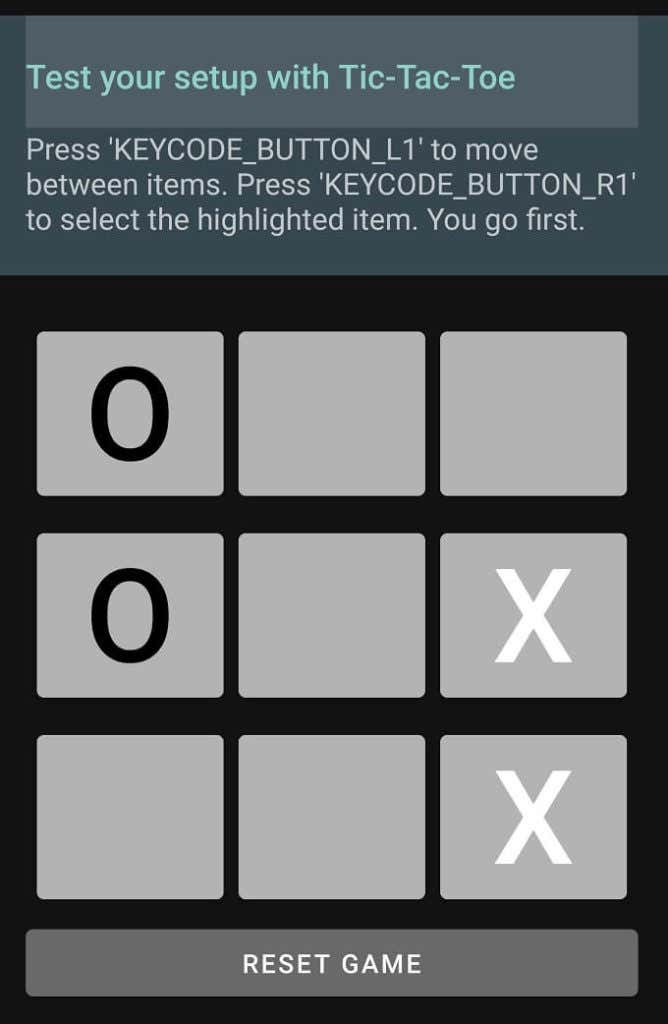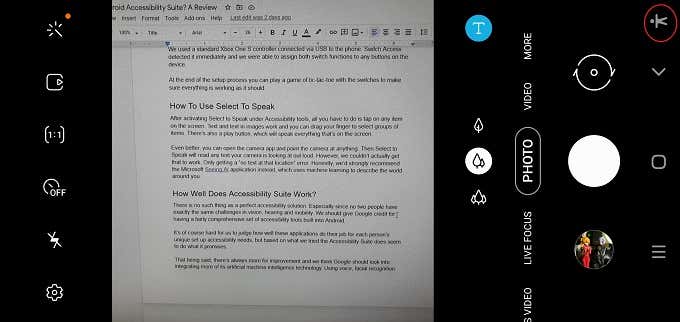For one thing, smartphone interfaces are now strongly visual in nature.
Using icons and other visual elements let the user interface with the machine.
Multi-touch screens have also taken away the ability to operate the equipment by touch alone.

you could also easily add accessibility devices to a smartphone using the USB port.
Which is where the Android Accessibility Suite comes into the picture.
It actually consists of three different applications:
Lets review each component and discuss how to use it.
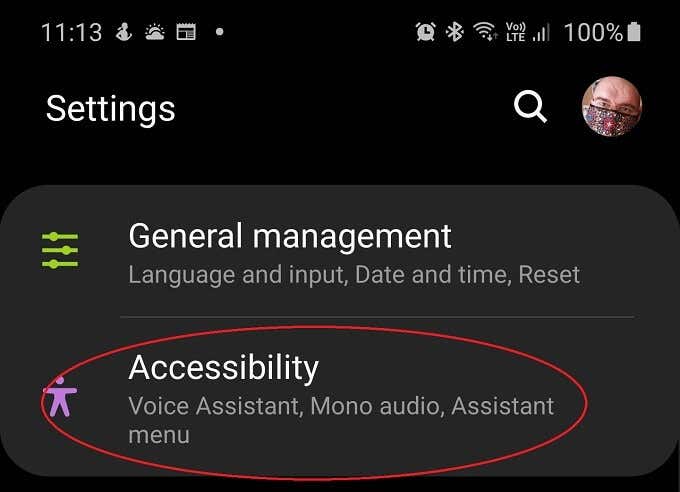
It should already be installed by default.
Heres where it gets a tad complicated.
Also, bear in mind that there are likely to be brand-specific accessibility features on your phone as well.
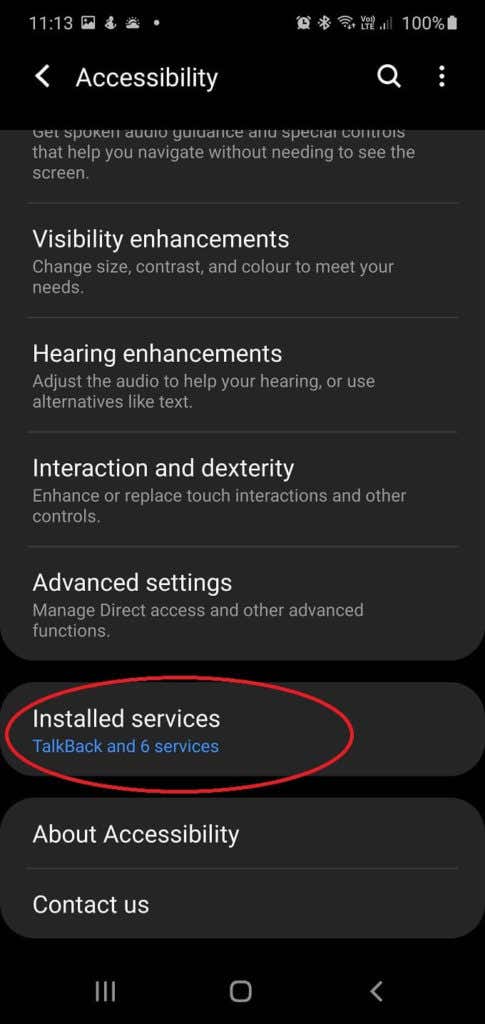
So take care only to activate the apps you need and are going to use.
Luckily theres a handy shortcut to activate your primary tool in seconds.
So it doesnt take up the volume button shortcut.
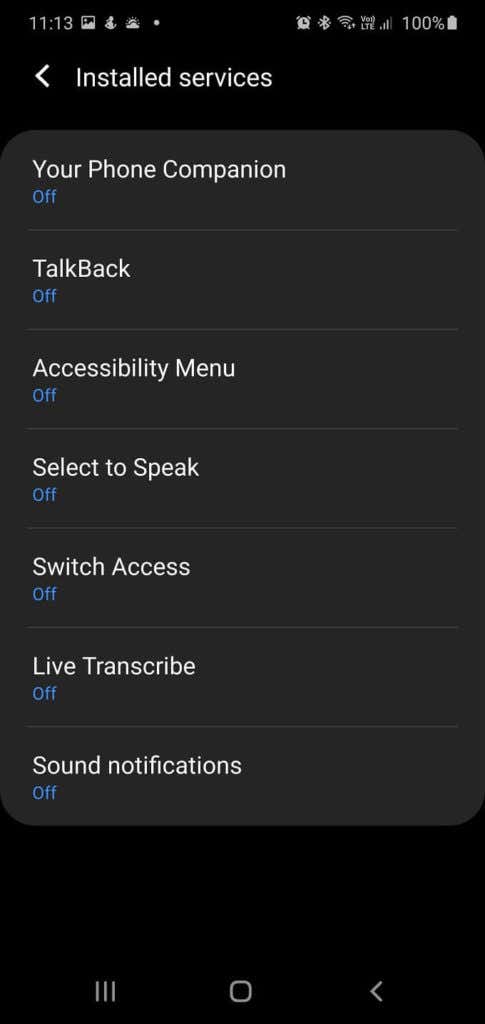
Assuming that youve activated it, you simply swipe up with two fingers.
If TalkBack is also running, its a three-finger swipe instead.
Alternatively use the accessibility icon mentioned above.
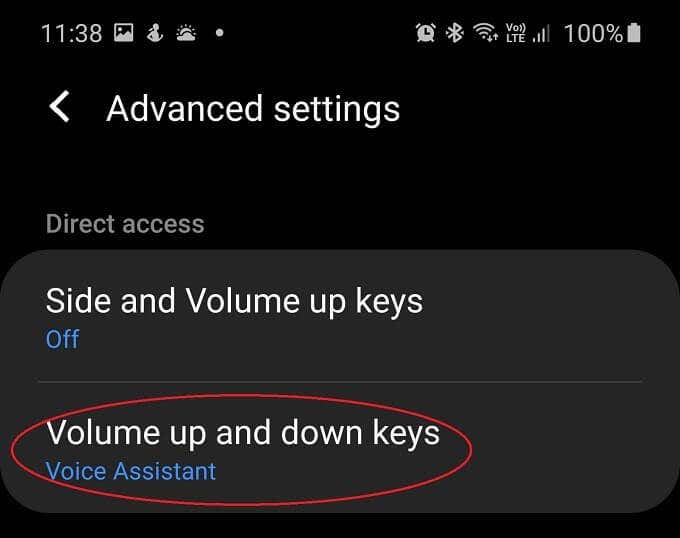
Using it works just like any other menu, just choose the option you want!
Using TalkBack can take some getting used to.
The simplest way is to slowly drag your finger over the screen.
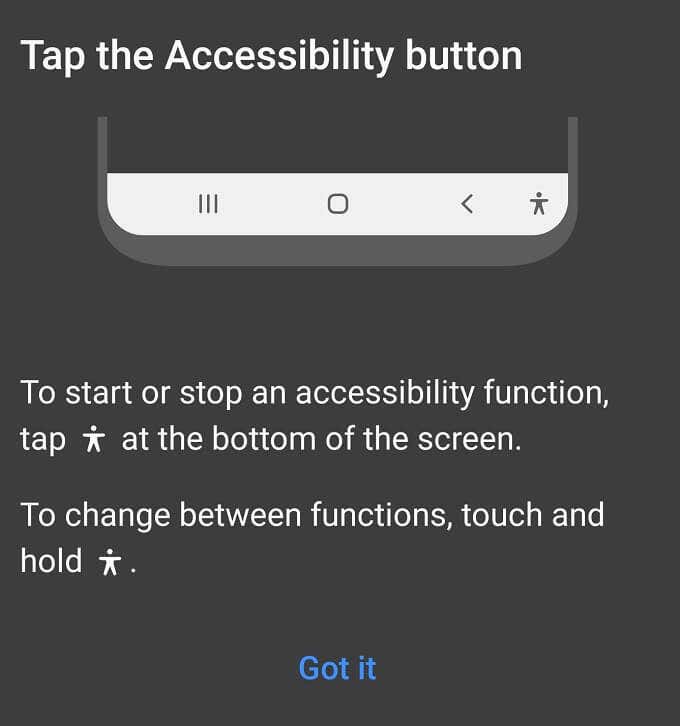
As your finger moves over each screen element, TalkBack will tell you what it is.
The wizard is very comprehensive, so youll have no trouble getting it all working.
This is only an example of the choices we made in the setup wizard.
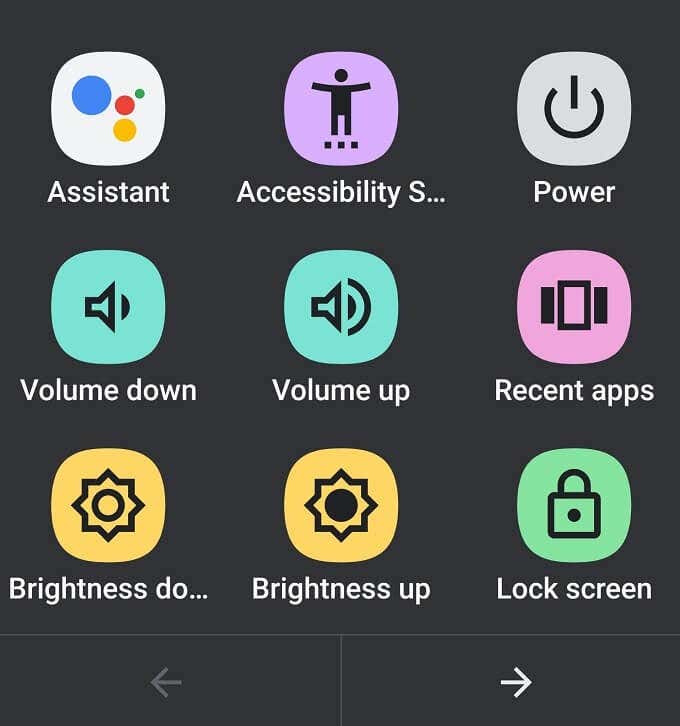
It will differ depending on your needs and what you are using as a switch solution.
We used a standardXbox One Scontroller connected via USB to the phone.
Theres also a play button, which will speak everything thats on the screen.
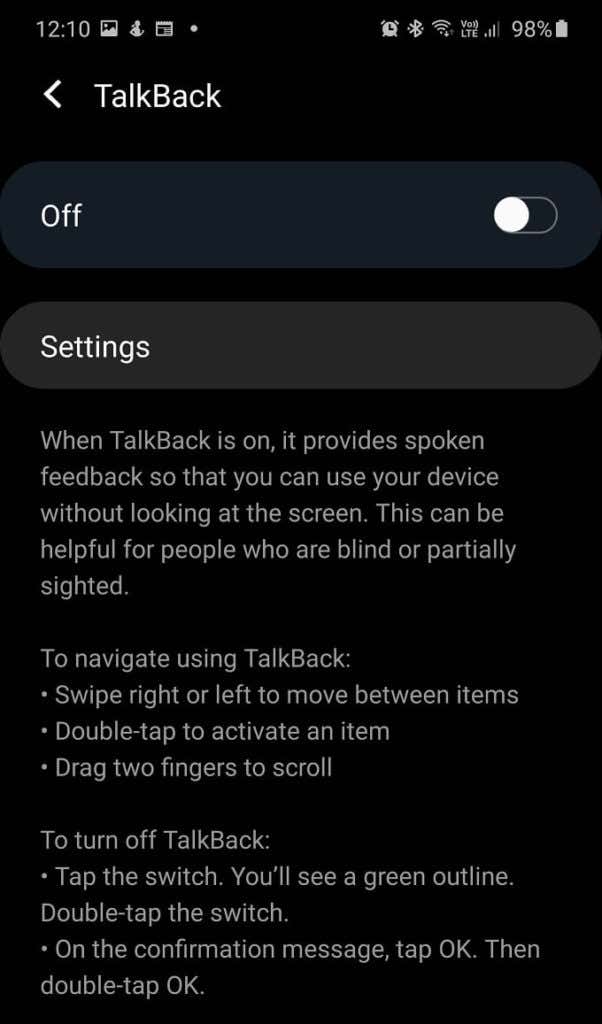
Even better, you could initiate the camera app and point the camera at anything.
Then Select to Speak will read any text your camera is looking at out loud.
Just tap the accessibility button when in the camera app to activate it.
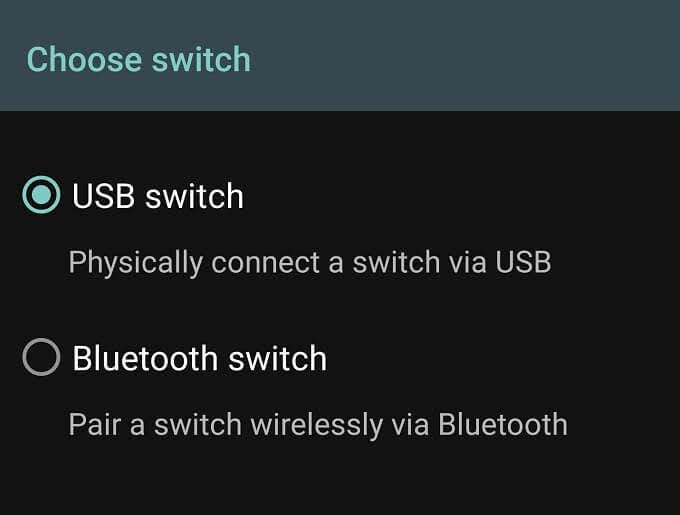
However, we couldnt actually get that to work.
Only getting a no text at that location error.
Not just text, but any objects as well.
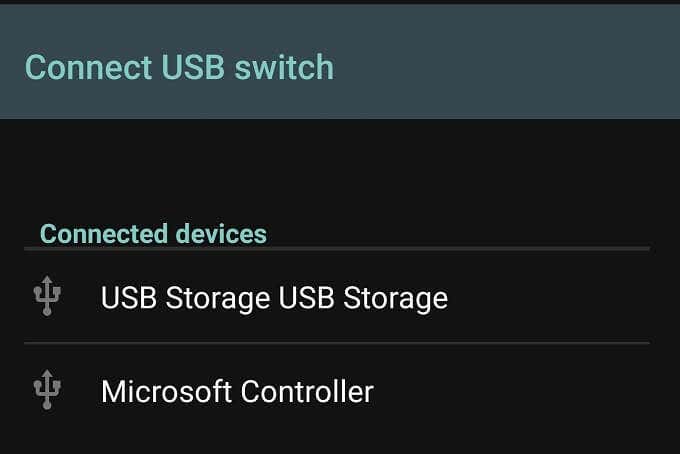
How Well Does Android Accessibility Suite Work?
There is no such thing as a perfect accessibility solution.
Especially since no two people have exactly the same challenges in vision, hearing and mobility.
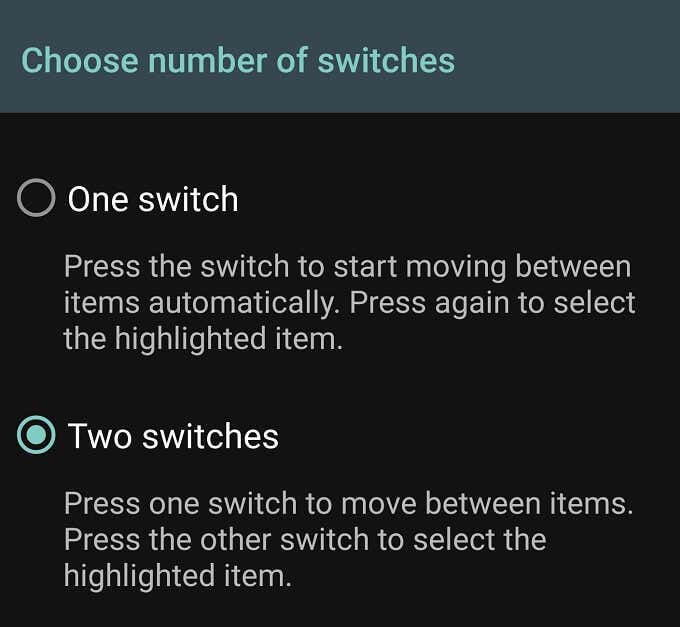
We should give Google credit for having a fairly comprehensive set of accessibility tools built into Android.
Using voice, facial recognition and predictive technologies to enhance these relatively simple accessibility tools.
